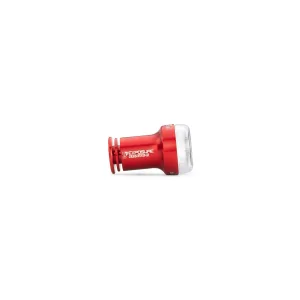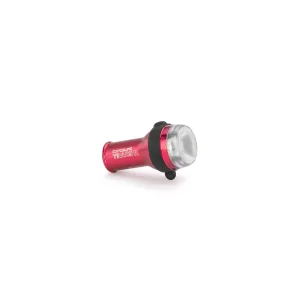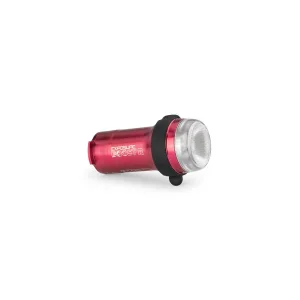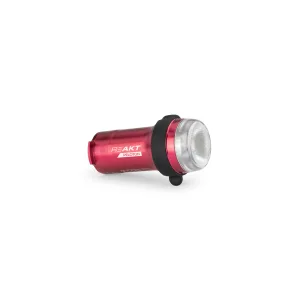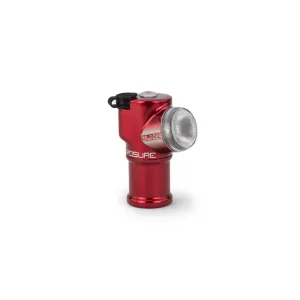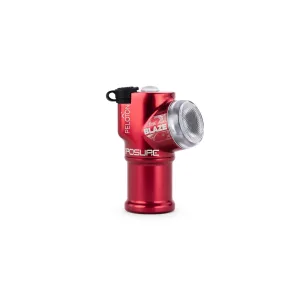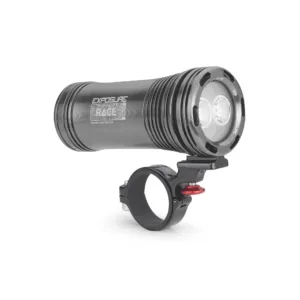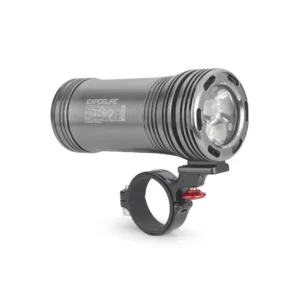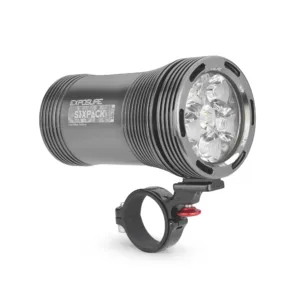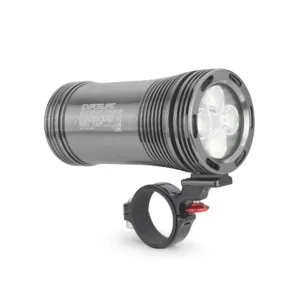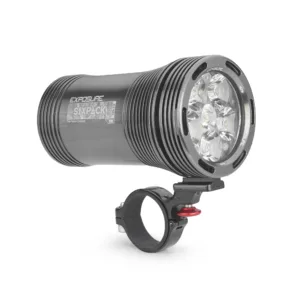MTB Lights
Mountain bike (MTB) lights play a crucial role in enhancing visibility and safety during off-road riding in low light or dark conditions. These lights are specifically designed to withstand the rugged and often challenging terrain that mountain bikers encounter. They come in various types, each serving a distinct purpose:
READ MORE...Headlights: MTB headlights, also known as front lights, illuminate the trail ahead, helping riders spot obstacles, changes in terrain, and potential hazards. They are usually mounted on the handlebars or helmet, providing flexibility in directing the light beam where needed.
Rear lights: These are rear-facing lights that increase the visibility of the rider to others on the trail, as well as to vehicles and pedestrians. They play a crucial role in preventing accidents by alerting those behind the rider to their presence.
Combo Sets: Many MTB lights come as combo sets, which include both front and rear lights. These sets are designed for convenience and often provide better value for riders looking to improve their overall visibility.
Types of Lights: MTB lights can be categorized based on their power source:
Battery-Powered Lights: These lights run on rechargeable or disposable batteries. Rechargeable batteries are more eco-friendly and cost-effective in the long run.
Dynamo-Powered Lights: Some advanced setups use dynamos that generate electricity as the wheels turn, providing a continuous power source without relying on batteries.
Light Output and Beam Patterns: MTB lights vary in terms of their light output, measured in lumens. A higher lumen count typically indicates a brighter light. Different lights also offer varying beam patterns, such as flood, spot, or a combination of both, allowing riders to tailor their illumination to the specific trail conditions.
Mounting Options: Lights can be mounted in various ways, including handlebar mounts, helmet mounts, and even integrated options for certain helmets. The mounting choice can affect how effectively the light illuminates the trail.
Weather Resistance: MTB lights are designed to withstand the elements, including rain, mud, and vibrations. Many lights are rated for water and dust resistance, ensuring they remain functional even in adverse conditions.
Regulations and Etiquette: When riding on shared trails or roads, it’s important to adhere to local regulations regarding bike lights. Additionally, being considerate of other trail users by not using overly bright lights that could blind or annoy others is part of responsible MTB etiquette.
Mountain bike lights are an essential accessory for any off-road cyclist, enhancing safety and allowing riders to confidently explore trails in low light conditions. With advancements in LED technology, these lights have become brighter, more durable, and more energy-efficient, contributing to an improved riding experience for enthusiasts of all skill levels.


